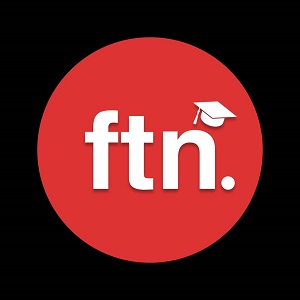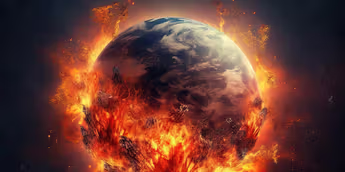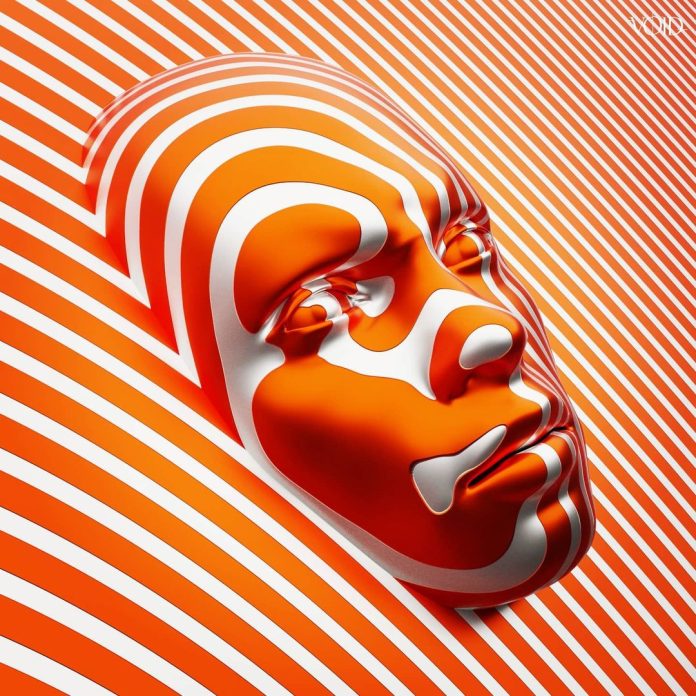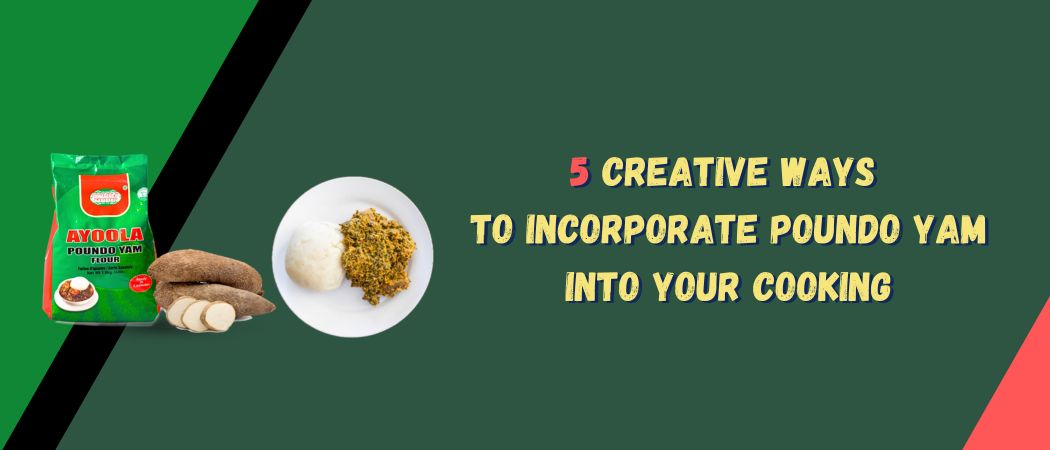By Wisdom Deji-Folutile
Early December, social media was sent into a frenzy when Nigerian music icon, Don Jazzy, revealed that he had made $300,000 in the space of 10 minutes.
Selling what?
Beats? Albums? Tickets?
None of the above.
The legendary producer was selling non-fungible tokens, simply NFTs.
Don had collaborated with popular crypto artist Osinachi and dropped the three NFTs on Nifty Gateway, a marketplace for NFTs.
“From that day, I went online and said nobody should call me a producer again,” he later told Daba TV.
NFTs have been gaining steam over the last five years. Now it seems like every other digital artist, musician, writer, or even athlete has some ‘collection of digital assets’ listed somewhere.

But, for many Nigerians, the subject of NFTs is shrouded in mystery. Although some Nigerians are making strides in the world of NFTs, many others seem not to have a grasp of what they are.
We have put together an explainer that is nearly devoid of jargon to explain what NFTs mean, what they are not, and the ways many Nigerians are already supposedly making money from NFTs.
So, let’s get to it.
Early beginnings
NFTs, like cryptocurrencies, are not as recent as some people think. Although the average enthusiast would imagine that they just showed up a couple of years ago, NFTs have been around since the early days of the last decade.
The first known NFT, Quantum, was created by Kevin McCoy in May 2014 and bought by Anil Dash, the CEO of Glitch. In October 2015, the first NFT project, Etheria, was launched and demonstrated at DEVCON 1.

What is an NFT?
The full meaning of NFT is ‘non-fungible token’. In layman’s terms, an NFT is basically a digital asset hosted on the blockchain that is unique and not interchangeable (see our explainer on cryptocurrency to understand what the blockchain is).
The keyword is ‘non-fungible’. Fungibility is the property of a commodity that makes its units essentially interchangeable. An example of a fungible commodity is cash.
For instance, if Person A borrows Person B a ₦100 note to be repaid later, Person B may return to Person A a ₦100 note which is different from the one he borrowed. However, both notes have the same value, regardless of whether or not it was the one initially used in the transaction.
Hence, naira notes are fungible – people can interchange them without necessarily worrying about changing the value of the notes. Bitcoin is also a fungible commodity, as one bitcoin is one bitcoin, regardless of how many times the electronic currency has ‘changed hands’. But NFTs are unique commodities that are not interchangeable.
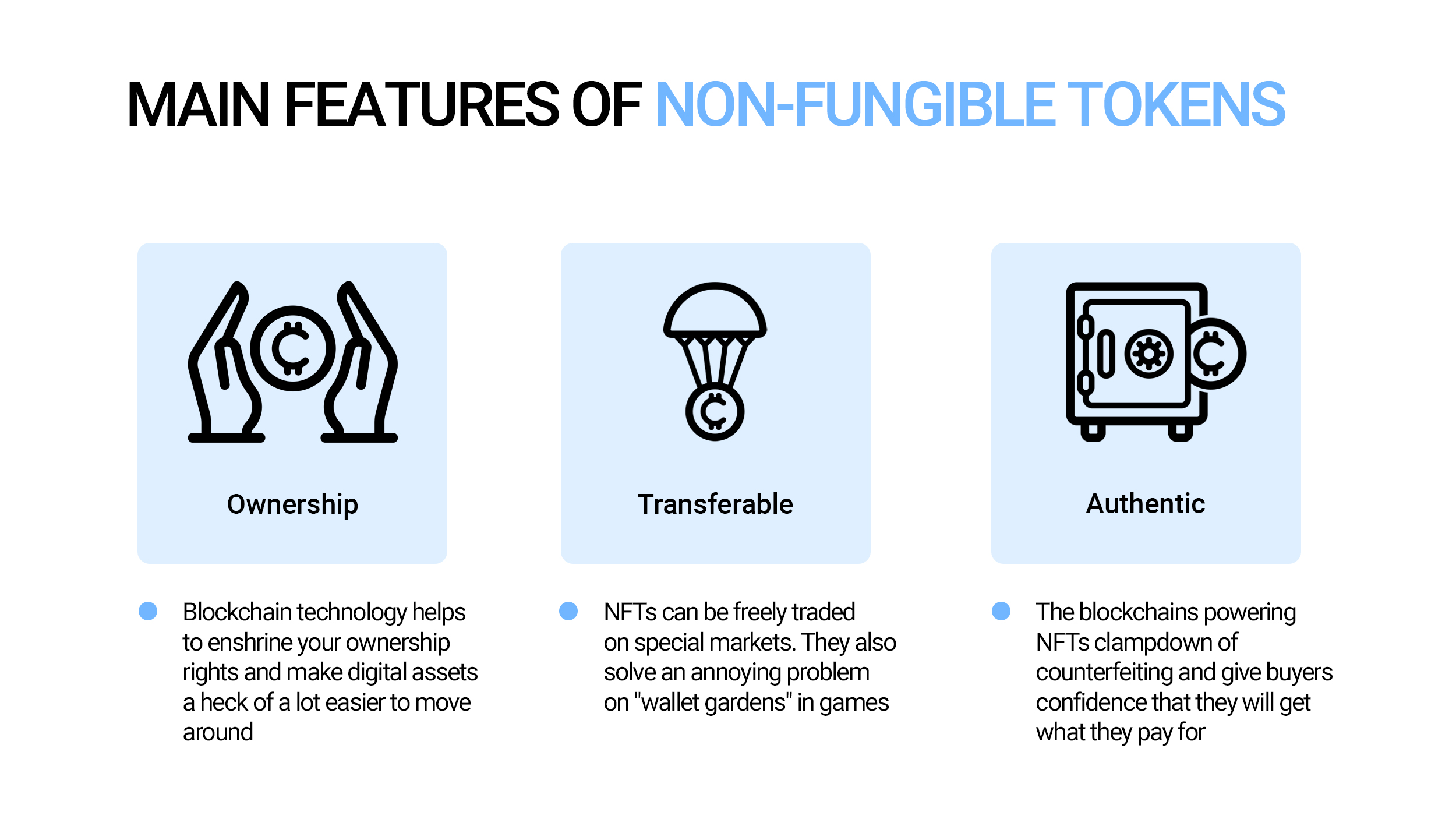
To further simplify what an NFT is, we can look at the use cases.
For example, in today’s world, an artist could make a digital painting, upload it to Instagram or Behance, and a different user could download that image and re-share and reprint as many times as possible. Meaning, not only is it easy to make copies of original work, there is also no means for identifying the originator of the work and the ownership of the digital art.
Enter NFTs.
Artworks listed as NFTs are unique, and the artwork bought from NFT merchant platforms like OpenSea will still contain the details of the buyer and maker in the product’s meta-data. This makes digital art a little closer to physical art, where a painting by Leonardo da Vinci is unique, hence non-fungible. Also, just like physical artworks, original work is differentiable from the copies as there is a means of verifying the authorship and ownership.
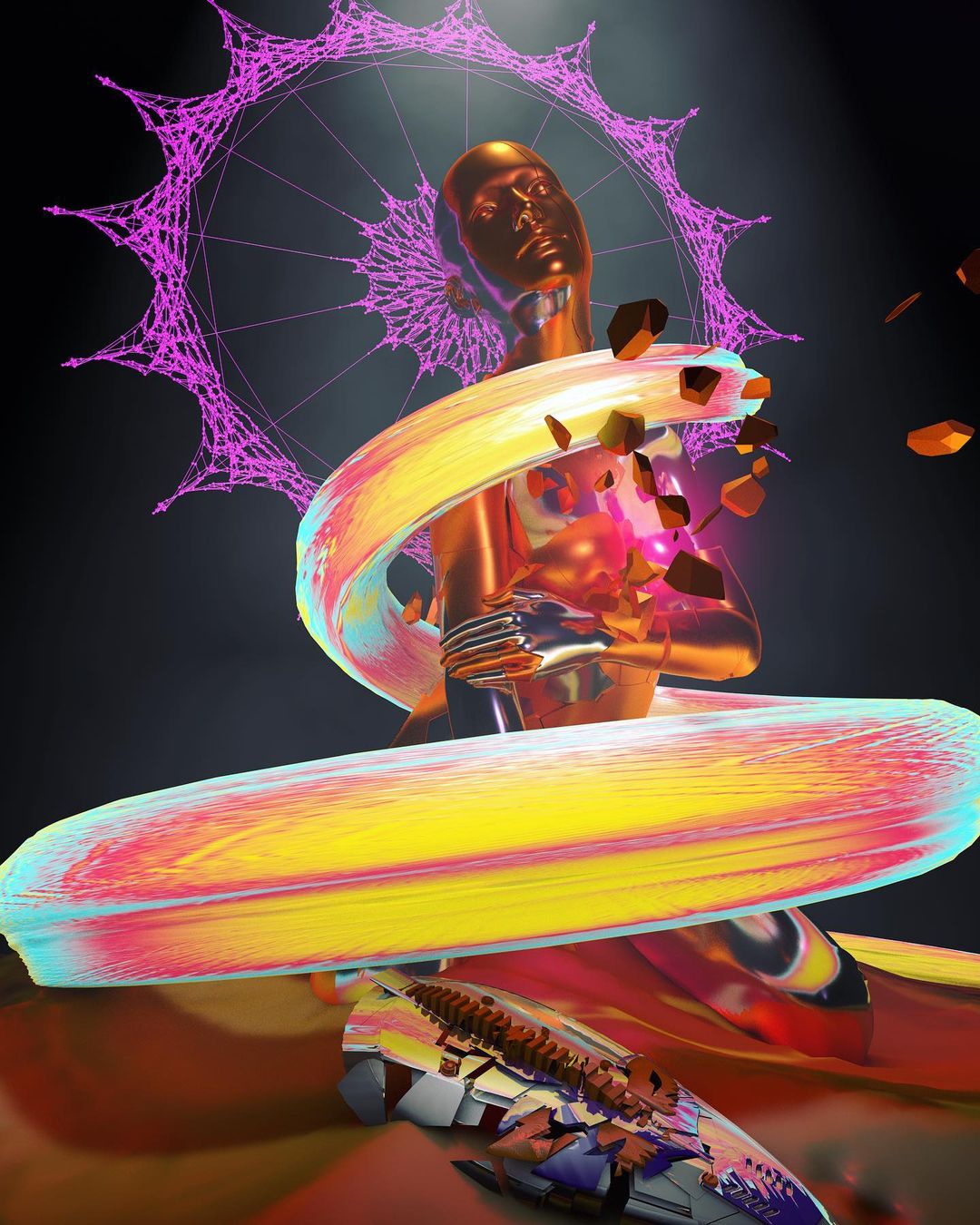
This means that whenever the NFT ‘changes hands,’ it changes ownership as well. No other person can claim to own that particular digital asset – be it an image, video, audio or whatever – without purchasing it from the owner. And, a seller can specify exactly how many copies of an NFT would ever exist for a particular work. This makes NFTs a scarce commodity that could be very valuable and irreplaceable.
So, sorry, but regardless of how much they may resemble, screenshots of NFTs are not NFTs!
What makes an NFT special is that it is unique. One NFT can be distinguished from another, and the owner of the digital property does not change until they resell.
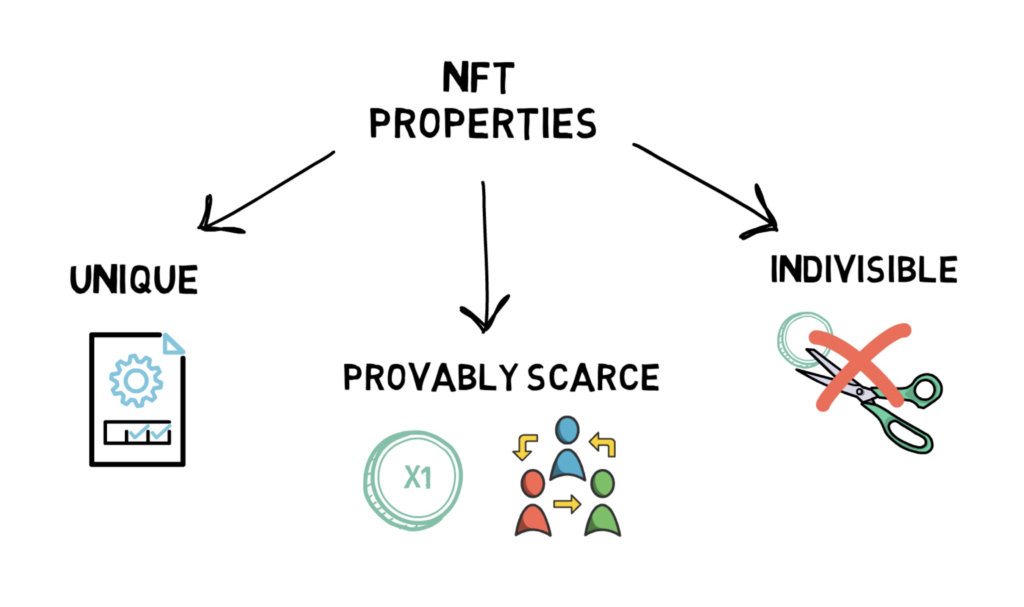
Other examples of digital assets that could be sold as NFTs are video game tokens (like cars or houses in metaverse-world games), or digital clothing items to be worn by avatar characters in a virtual world. This concept will be hugely popularised by the arrival of the Metaverse and Web 3.0.
Many musicians have even taken to selling a limited number of the NFT-version of their albums to fans, who can purchase them and resell them as the works become more valuable over time.
To further bolster the subject of NFTs and their value, our correspondent got in touch with some Nigerian digital artists active in the NFT space to give some insight into the practicality of non-fungible digital assets.
Nigerian digital artists explain what an NFT is
Maxwell Adewunmi (@mxdwnm on Instagram), a 3D artist based in Lagos, Nigeria, told our correspondent that he got into the NFT space sometime in 2021.
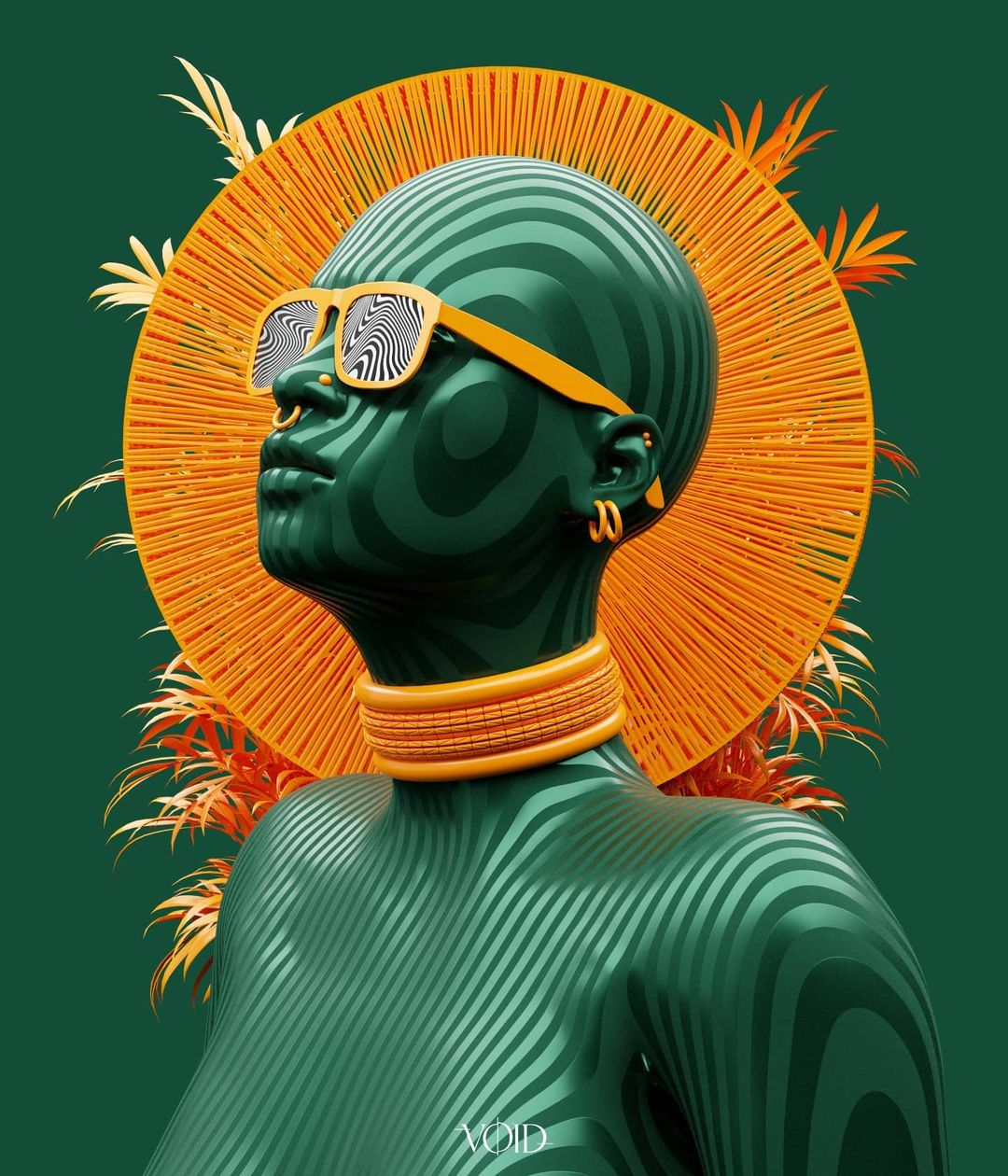
Trying to explain the concept of an NFT, Adewunmi called it a “unique digital asset on a blockchain that cannot be duplicated or forged.”
“Anyone can sell anything as an NFT. Art was just a great place to start for NFTs. There is much room for photographers, musicians, fashion designers, etc,” he added.
Joshua Eromon (@josheromon on Twitter and Instagram), another Nigerian digital artist that hopped on the NFT train in September, defined it as a “proof of ownership”.
“NFT is basically proof that a certain wallet address is the owner of a digital asset. So it is proof of ownership in a way. So when I turn a piece of art into an NFT, it is assigned a code, and that code tells everyone the wallet that owns that NFT. So when I sell it, it is transferred to another wallet, another person. Proof of ownership of a digital asset – that’s the way I understand it, at least,” he said.
Kelx Savage (@kelx_savage on Instagram), a digital artist that makes VR- and AR-adaptable art, compared NFTs to everyday items that can be sold online, digitised.
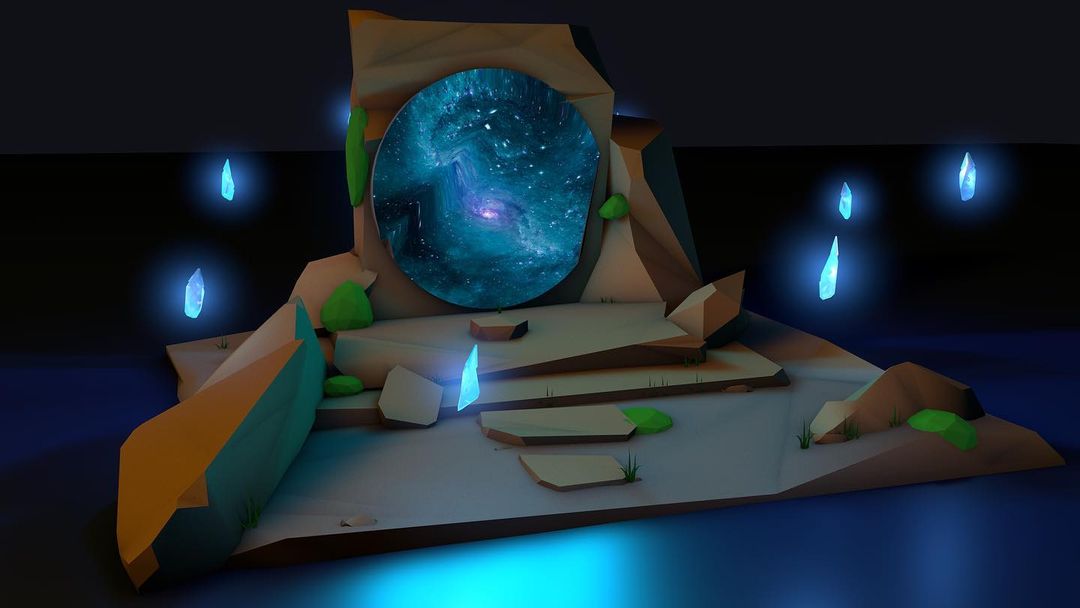
“Simply put, NFTs are basically digital assets that you can buy and sell online using a blockchain. It could be anything – your shirt, fridge, or a picture of yourself. The only difference between selling NFTs and selling online is that you’re using a cryptocurrency and a certain marketplace to sell,” he said.
Savage explained how, say, a therapist could monetise their work with NFTs.
“For instance, if you want to create an appointment, you could put up your voucher as an NFT. You could tell your potential patients, ‘If you buy this [voucher], you’ll get two hours of my time.’ You can even sell virtual land as an NFT. We are really just scratching the surface,” he said.
Should I hop on the NFT train?
Adewunmi compared the emerging space of trading digital assets to the internet, saying, “This is a new age. Just like when the internet came and changed everything, this [NFTs] will change everything.”
Eromon said beyond using NFTs as a ‘store of value’, they could also add value to investments.
“NFTs are going to be something greater than they are now. When we create these things, we don’t really know what we are making. Like when people made the internet, they never thought it would be this,” he said.
“NFTs are one part of the decentralised future of the internet that is just going to have wide applications that we don’t know yet, and I just think that everybody should hop on it now in whatever ways they can. It would do them a lot of good in future”.

Savage, tying in NFTs and the future of the web (look out for our explainer on the Metaverse and Web3), said that it would be ‘folly’ for Nigerians to wait for the dust to settle before peering out of their investment goggles.
“I do believe NFTs are going to be the future. The Metaverse, digital currency…I believe that’s the future we are going into. Most of the big brands and big names are getting into NFTs, so it’s going to be some folly if people are waiting until everything is past them,” he said.
Taking precautions
Eromon mentioned that although he is widely optimistic about NFTs and recommends investing in them, Nigerians need to pay attention to details.
According to him, what people do the most with NFTs is the one thing people need to be most careful about: buying and selling.
“You need to be worried about security. You need to be sure of the marketplace and the blockchain you want to use. You need to research the marketplace where you can get work or where you want to put your work. Research on the way scammers work. Research on how genuine projects are, so you don’t just buy into it,” he said.
“Don’t rely on information from other people. No one is technically an expert because the space is still new,” he stated. “Not everybody is going to have the right intentions towards you. It’s still real life; it’s still normal people, so people need to watch out for that. This is not a get-rich-quick scheme.”
Savage stressed that although NFTs have been ‘profitable’ for him, it is not a ‘crazy cash grab’ as is publicised.
